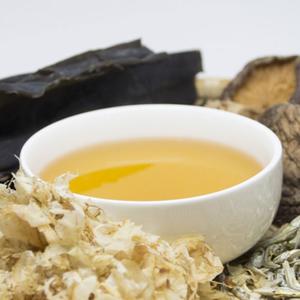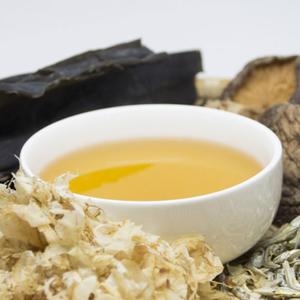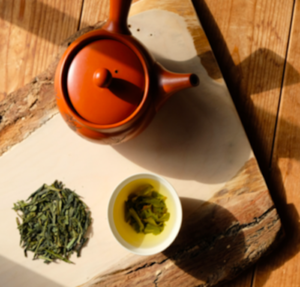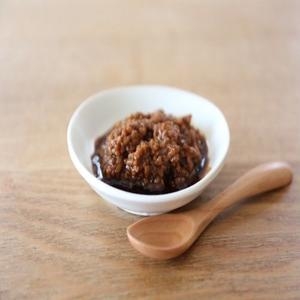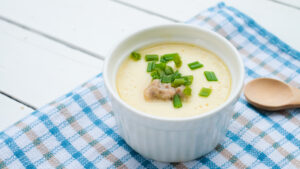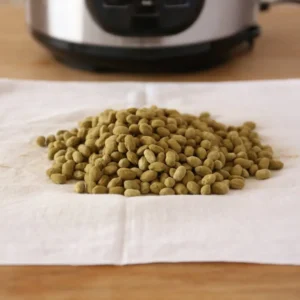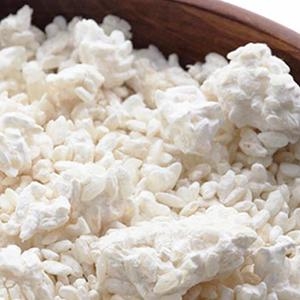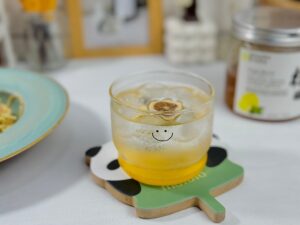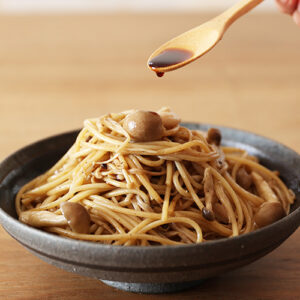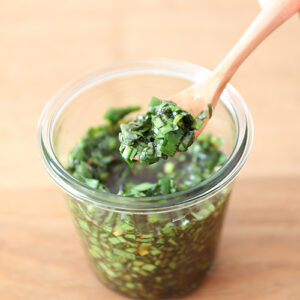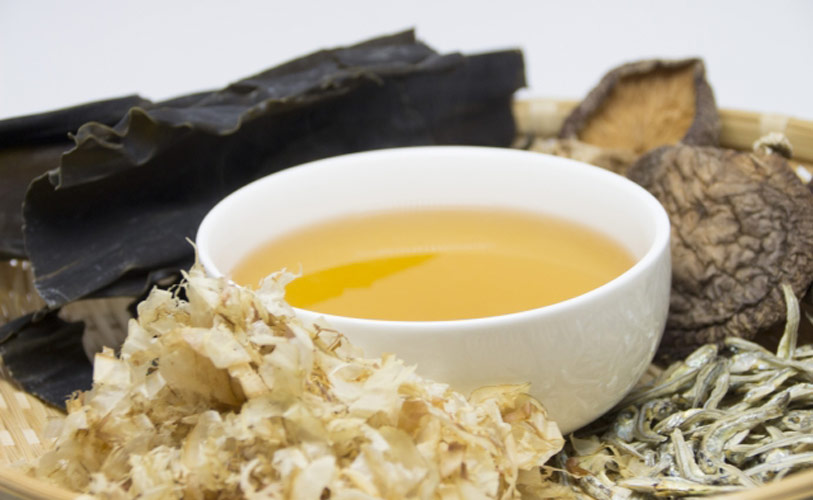
Dashi is the basic ingredient of traditional Japanese cuisine. Most Japanese recipes call for dashi, whether in soup form or in dried powder form.
Usually dashi is combined with soy sauce and mirin to make the authentic Japanese taste. But, what is dashi, and what kind of ingredients are used to make it?
 Content List
Content List
- What is Dashi?
- Types of Dashi and How to Make Them
- Kombu Dashi
- Katsuo Dashi
- Niboshi Dashi/Iriko Dashi
- Yaki-Ago Dashi
- Hoshi-Shiitake Dashi
- Vegetable Scraps Dashi
- Japanese Vegetarian Dashi
- Dashi Powder and Dashi Packets
- Health Effects of Dashi
- Recipes Using Dashi
- Dashi FAQ
- Dashi Product Recommendations
What is Dashi?
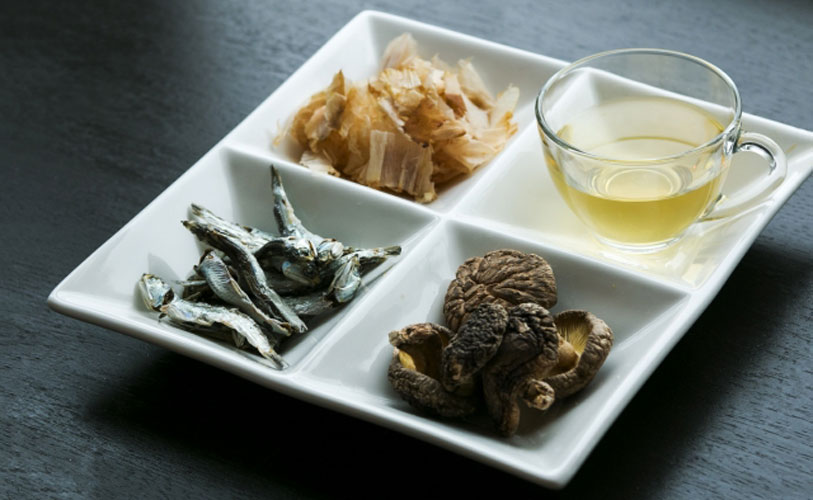
Dashi, the traditional Japanese stock, is an indispensable part in Japanese cuisine because of its flavor enhancing action. It is sometimes referred to as ‘the heart of Japanese cuisine’. Dashi is an extract of certain ingredients such as fish, meats, vegetables, and seaweed, and it is often used to add flavor to various Japanese dishes.
The most common ingredients for dashi stock are dried bonito flakes, dried sardine, dried flying fish, kombu kelp, and shiitake mushroom. All very fragrant ingredients that have natural flavoring.
Dashi is commonly used for daily dishes (such as miso and clear soups), salads, simmered dishes, and fried foods.
To make dashi, you can just boil the main ingredients until the flavor is transferred into a stock soup. But today, it’s even easier to make dashi because dashi comes in multiple instant forms like the tea-bag packet type, granules, and powder.
Types of Dashi And How To Make Them
There are actually a lot of types of dashi, each has a particular flavor that can be perfect for different kinds of food. Here are some of them:
Kombu Dashi
The features of kombu dashi are characterized by the gentle taste of kelp and how it can make the best of the original taste of the ingredients in your cooking without overpowering it.
You can improve the flavor of kombu dashi by combining it with the animal-based dashi like katsuo dashi or niboshi dashi.
Besides boiling, you can obtain kombu dashi by soaking it as well. Though when you only soak it, make sure to use more kombu to get enough flavor from the dashi.
Use Kombu Dashi for:
・Simmered Fish
・Hot Pot
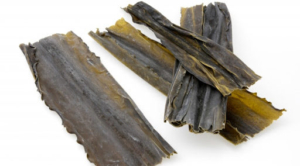
Kombu Dashi
Ingredients
- 20 g Kombu Kelp
- 1 L Water
Instructions
- Cut the kombu kelp into 10cm wide squares. Wipe them clean with kitchen paper. The white powder-like substance attached to the surface of kombu is a flavor component called mannit, so be careful not to scrape it too much.
- Add the kombu pieces to a pot of water. Put it over medium heat until it's boiling. Then turn off the heat.
- Let the kombu steep for 10 to 30 minutes and your kombu dashi is done!
Katsuo Dashi
The katsuo dashi is a dashi made with bonito flakes. The dashi is characterized by its umami taste and rich aroma. You can say that katsuo dashi is an all-purpose dashi that can bring out the taste of any ingredients.
This dashi doesn’t need much time to soak in the water like other ingredients, so you would be able to make it quickly when you want to use this stock as a base.
The flavor of katsuo dashi will be improved by combining it with the vegetable-based kombu dashi.
Use Katsuo Dashi for:
・Clear broth soup
・Miso soup
・Simmered dish
・Chawanmushi (Japanese egg custard)
・Broth for hot pot
・Broth for noodle

Katsuo Dashi
Ingredients
- 30 g Bonito Flakes
- 1 L Water
Instructions
- Add water to a pot and turn on the heat, then turn off the heat when it's boiling.
- Add bonito flakes to the boiled water and wait 1 to 2 minutes.
- Drain the bonito flakes with cloth, kitchen paper, or strainer.
- Your Katsuo Dashi is ready to use
Niboshi/Iriko Dashi
Niboshi (煮干し), often called Iriko (炒り子) in Western Japan, are Japanese dried infant sardines. They are one of the many varieties of small dried fish used throughout Asia in snacks and as seasoning for soup stocks and other foods.
Niboshi dashi is made by soaking and boiling niboshi in plain water. If left overnight or boiled, the flavor of the small sardines permeates the water and makes a delicious dashi.
Niboshi dashi or iriko dashi is characterized by the strong taste of fish. It’s suitable for simple and homely miso soup or to enhance fish dishes.
Use Niboshi/iriko Dashi for:
・Miso Soup
・Ramen Broth
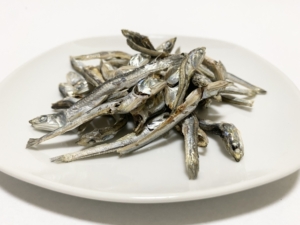
Niboshi/Iriko Dashi
Ingredients
- 30 g Dried baby sardines head and intestines removed
- 1 L Water
Instructions
- Remove the head and intestines of the dried sardines.
- Boil the dried sardines in a hot water for 10 minutes. Then strain the fish.
- If you're particularly sensitive to the fishy smell, you can soak the dried sardines in water first. Leave the dried fish to soak 6 hours before making niboshi dashi.Toasting the dried sardines before extracting the dashi is also a great idea as it will bring out the aroma even more.
Yaki-ago Dashi
When we talk about Japanese dashi, ingredients that usually pop out in our mind are kelp, bonito flakes, or dried sardines. But, ago dashi has gained more popularity in recent years as it has become one of the most easily found types of dashi.
Ago is a Japanese term for tobiuo (トビウオ、飛魚) means Flying Fish, while yaki (焼き) is Japanese word for grilled or roasted. So, yaki-ago means grilled flying fish. There is also another variation of this dashi called niboshi ago. It uses sun dried flying fish instead of roasted ago.
Flying fish has a low proportion of fat in its body, causing it to have more protein and less fishy odor. That is why yaki-ago dashi has a clear elegance and deeper flavor. Other characteristics of yaki-ago dashi is it has a slightly savory aroma and sweet flavor.
Use Yaki-Ago Dashi for:
・Ramen Broth
・Hot Pot
・Simmered Dish
・Udon Broth
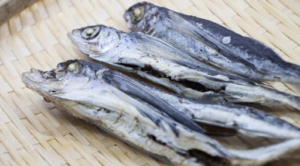
Yaki Ago Dashi
Ingredients
- 30 g Dried Ago Fish head and intestines removed
- 1 L Water
Instructions
- Remove the heads and internal organs of the yaki-ago. You can still make a proper taste of yaki-ago dashi without taking the head and internal organs. But if you take it, you can avoid the off-flavor (bitterness or other unpleasant taste) being formed in the dashi. In this step, lightly toast the yaki-ago in a frying pan, it'll be more delicious.
- Break the yakiago into small pieces, soak in water in a pot/bowl and leave for half a day. If the room temperature is high, you can put it in refrigerator.
- Put the pot on a low heat, and turn off the fire when the foams start to rise.Don't boil it until big bubbles are forming, because it will make the dashi smelly.
- Drain the yaki-ago with cloth, kitchen paper, or strainer.
Hoshi-Shiitake Dashi
Hoshi shiitake is dried shiitake mushroom. Hoshi Shiitake are large, flat, dried shiitake mushrooms. They have a more concentrated, meaty flavour than fresh shiitake mushrooms, and have a chewy texture. They are dark brown on top, and tan or orangey-brown underneath where the gills are.
Hoshi shiitake (dried shiitake mushroom) can be made into delicious dashi and often used as a base for boiled foods, such as Japanese hot pot. For those who do not prefer dashi with animal ingredients in it, hoshi-shiitake is a handy ingredient along with kombu.
Hoshi-shiitake dashi also has good compatibility with kombu. We recommend making a combined dashi of kombu and hoshi shiitake.
Use Hoshi-Shiitake Dashi for:
・Vegetable Dishes
・Soumen Broth
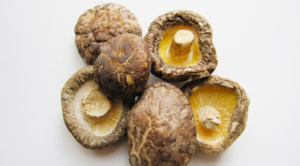
Hoshi Shiitake Dashi
Ingredients
- 40 g Dried Shiitake Mushroom
- 1 L Water
Instructions
- Clean the dirt from hoshi shiitake lightly. When washing with running water, don't use strong flow of water.
- Put cold water in a container (pan/bowl), soak the dried shiitake mushrooms, and cover it with a lid.
- Leave for half a day in the refrigerator. If you don't have time, you can crush the shiitake, or take it out in the middle of process and slice it. Then, you can make the dashi with just a few hours of soaking.
- The water has absorbed the flavor of shiitake. This water is the hoshi shiitake dashi. Strain the mushroom bits out of the dashi and your dashi is completed.
Vegetable Scraps Dashi
As the name suggests, it is soup stock made from vegetable scraps. Using the cut ends, skins, and cores, scraps of vegetables, this dashi is not only economical but can also reduce food waste.
Common veggies used for this dashi are celery, carrots, onions, cabbages, garlic and other available leftovers. Each vegetable has different nutrients, so it’s even better to use many kinds of vegetables.
Use Kombu Dashi for:
・Vegetable Dishes
・Miso Soup
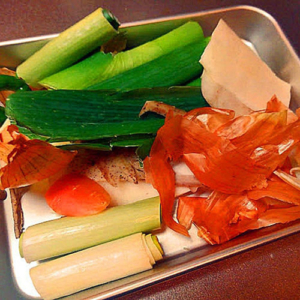
Vegetable Scraps Dashi
Ingredients
- Vegetable Scraps to your preference
- 1 Litre Water
Instructions
- Pour the water into a pot, then turn on the heat.
- Pour a teaspoon of cooking sake/cooking liquor and the scraps of vegetables into the pot.
- Cook over low heat for 30 minutes
- After the color comes out in the soup, take the vegetable scraps with a strainer. If you feel the taste is too light, add a little bit of shoyu (soy sauce) and coarse pepper.
Japanese Vegetarian Dashi
Wanting to make an authentic Japanese dish without any animal produce? You can combine ingredients like kombu, shiitake mushroom, and kanpyo (dried gourd strips). Add a little soybeans to the stock to add dimension to the flavor.
Use Kombu Dashi for:
・Vegan Ramen Broth
・Miso soup
・Vegetable dishes
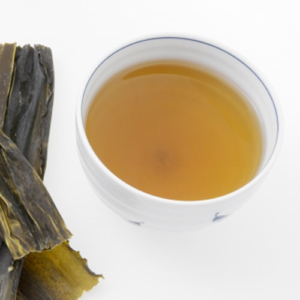
Japanese Vegan Dashi
Ingredients
- 10 g Kombu Kelp
- 10 g Dried Shiitake Mushroom
- 15 g Soybeans
- 1 pc Kanpyo dried gourd strips
- 1 L Water
Instructions
- Before preparing the soup stock, lightly roast soybeans in a frying pan to bring out the fragrance.
- Soak all of the ingredients in water and leave overnight (one night).
- Boil the already soaked ingredients with medium heat until just before boiling,after that, boil for about 20 minutes on low heat.
- Drain the ingredients from the soup with a strainer, and the dashi is completed!
Dashi Powder And Dashi Packets
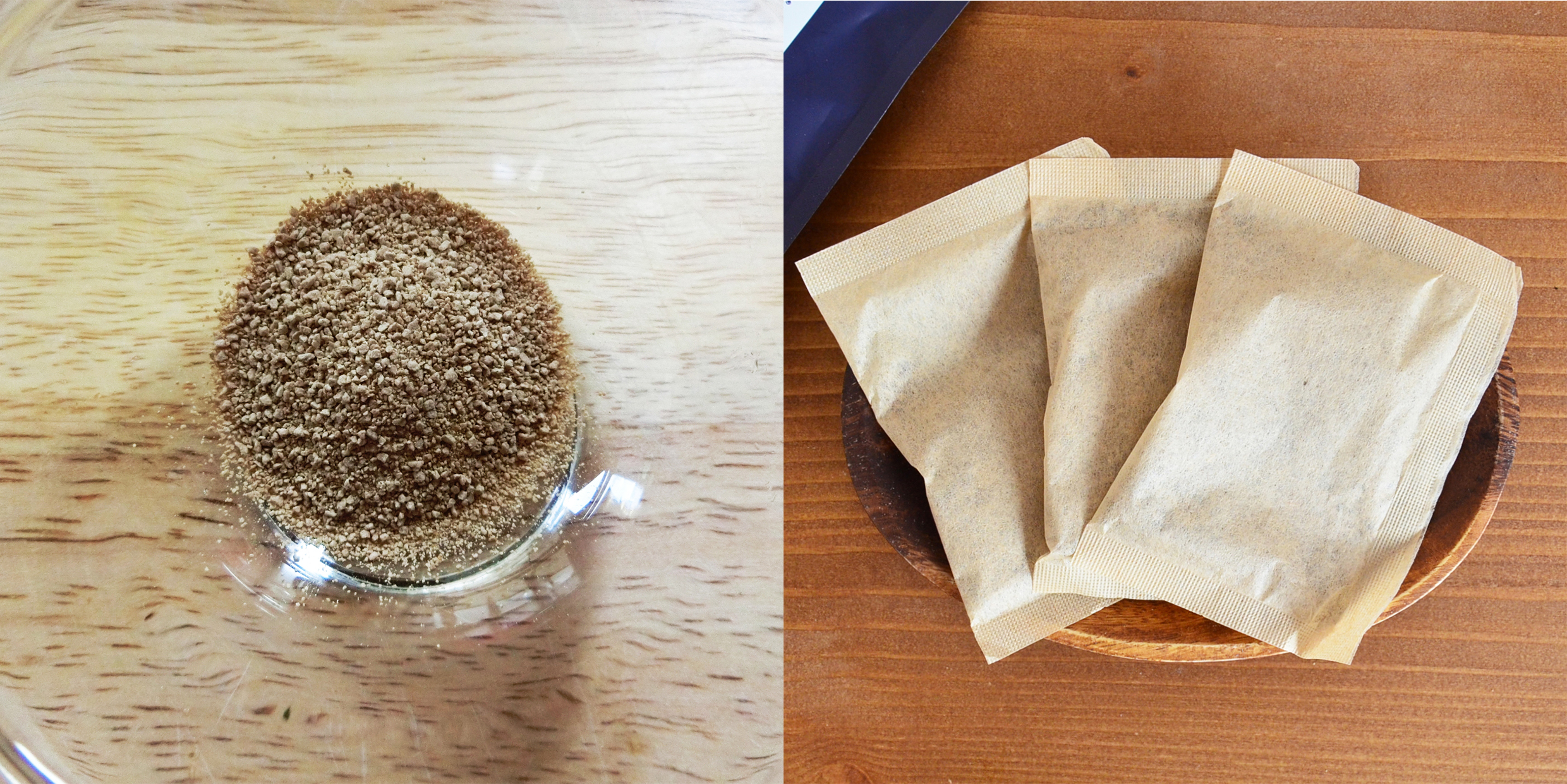
If you don’t have time to make your own dashi, don’t worry, there are simpler options to get dashi instantly!
Today, you can get dashi quickly just by getting instant dashi. Instant dashi comes in various forms: granule, powder, and packets.
Granules and powder dashi are usually made to be dissolved in the water. Its use is similar to instant consomme. Because it is easily dissolvable and jam packed with flavors, it’s perfect to use for non-soup dishes. You can also use granules and powder dashi as a seasoning for salad dressings or sauces.
Another form of instant dashi is dashi packets. These dashi are usually in coarse form and bagged inside tea-bag packets. So all you need to do is simmer the packet in boiling water without having to strain or prepare the ingredients first.
Instant dashi can be pretty helpful when it comes to how convenient it is. But most of the instant dashi circulating the market is usually added with chemical seasonings or other additives. However, some specialty shops do sell and take pride in their organic dashi ingredients. They don’t add a single seasoning, not even salt!
Organic instant dashi can be a healthier option for people who want to avoid salt or chemical ingredients.
Check out our list of healthy, natural instant dashi here
Dashi Health Benefit
Depending on the main ingredients, dashi can have various health benefits.
For example, katsuo dashi or bonito dashi is known to have beneficial effects on relieving mental fatigue and improving emotional state.
Kombu dashi, containing a kelp seaweed, is proven to help reduce high-blood pressure. Kombu also contains healthy minerals and iodine, a component that is important for thyroid function.
Dried fish variants of dashi like niboshi dashi and ago dashi are rich in iron, vitamins, and minerals.
Meanwhile, dashi that is obtained from dried mushrooms may reduce cholesterol level and support immune health.
So all in all, dashi can have multiple positive effects on the body. This is quite expected since dashi is usually made from natural ingredients. We recommend you to try all kinds of dashi or combine dashi ingredients to get optimal benefit from it.

Recipes Using Dashi
Having dashi can open a lot of possibilities for cooking Japanese cuisines. Not only can you make soup dishes, with dashi you can make sauces, batter, and many others!
Here are some ideas on how to use your dashi to cook:
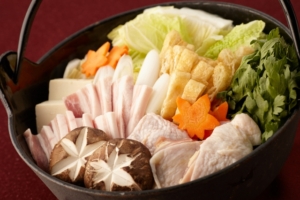
Hot Pot With Ago Dashi
Ingredients
Instructions
- Cut the ingredients into bite sized pieces.
- Prepare the broth by adding water into a pot, add ago dashi, soy sauce, mirin, and a dash of salt (optional). Put over medium heat.
- As the broth is boiling, add the ingredients in these order: chicken thigh, tofu, green onion, cabbage, and shiitake mushroom.
- Wait a few moment until the ingredients are cooked and enjoy!
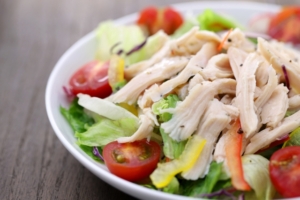
Salad With Katsuo Dashi
Ingredients
- 1 tbsp Vinegar
- 2 tbsp Katsuo Dashi
- 2 tbsp Sesame Oil
- Salt And Pepper
- 100 g Lettuce
- 100 g Baby Tomatoes
- 50 gr Purple Cabbage
- 0.5 Cucumber
- 50 gr Shredded Chicken
Instructions
- Cut the ingredients into small pieces.
- Make the dressing by mixing dashi, vinegar, sesame oil, and a dash of salt and pepper.
- Drizzle the dressing over the salad.
Read also our recipe articles to Enjoy Umeboshi:
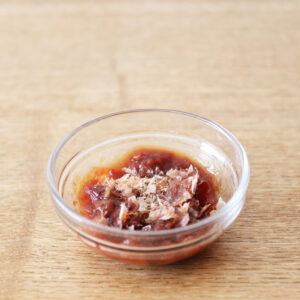
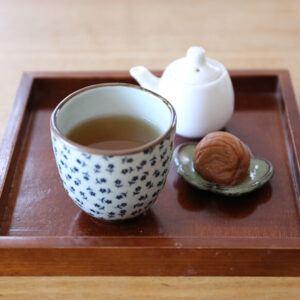
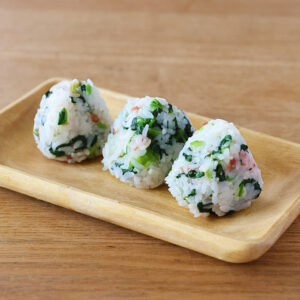
Dashi Q&A
- What is Dashi?
- Dashi is stock soup. It’s the base of Japanese cuisines that uses all kinds of dried ingredients depending on the type like bonito flakes, dried fish, dried mushrooms, vegetable scraps, etc.
- How to make dashi stock?
- To make dashi stock, you need basic ingredients like bonito flakes, kombu kelp, or other dried ingredients like dried fish, dried shiitake mushrooms, or vegetables. You can use one of these ingredients or combine them together.
Once you have the ingredients, all you have to do is simmer the ingredient in water over medium heat for a few minutes until the flavor is extracted into the water.
- How to use dashi stock deliciously?
- Dashi can be used as a base for a variety of foods. For example you can use them as a ramen or miso soup base, mix it to make sauce or salad dressing, add it to okonomiyaki and takoyaki batter, or mix it into an egg dish. The possibilities are endless.

- Are there any vegetarian dashi?
- Yes there are vegetarian dashi. The base for these types of dashi is mushrooms, kombu kelp, veggie scraps, and other traditional plant based ingredients. Feel free to mix the ingredients to make the taste more interesting.
- Where can I buy dashi?
- If you are looking for a ready-to-use dashi, you can usually find them in the Asian food section in your local supermarket. Or, you can always order online. In Kawashimaya, we have a lot of dashi options that are healthy and easy to use.
- How do I preserve dashi?
- Ideally, you should use dashi as soon as possible to maintain the optimal taste. But if you want to keep it, you can put it in a pitcher or water bottle and keep it in the fridge or freezer.
- How long does homemade dashi last?
- Homemade dashi can last 2-3 days in the fridge, and up to 3 weeks in the freezer.
- Do dashi ingredients like dried fishes, bonito flakes, etc are seasoned beforehand?
- No they are not. The drying or smoking process enhances the natural taste of the ingredients so it is already flavorful by itself.
- Should I add salt to my dashi?
- If you think your dashi is not salty enough, feel free to add additional seasoning as you like as you use it to cook.
- Is homemade dashi healthier?
- Generally, yes. Because the dashi is obtained from natural ingredients without chemical additives. Although, right now you can also get healthy instant dashi that is specially made without any chemical seasonings.
Recommended Products

